Earthquake Geology Research Team
Thessaloniki, Greece
12 March 2021
As far as the insofar unknown and unmapped seismic fault is concerned, fieldwork showed that there are characteristic geological indications in the Pelagonian bedrock, consisting of Paleozoic mica schist and gneiss (e.g. Kilias and Mountrakis, 1987; Kilias et al., 1991), indicating that a low angle normal fault has acted as a hidden or blind fault during the earthquake. It is associated with the bedrock schistosity, as well as with small high angle reverse faults of the Pelagonian anticline. The presumed seismic fault extends in the broader area between the villages of Zarko and Megalo Eleftherochori, as an inherited shear zone (Fig. 5). Geologic indications include outcrops of the post Alpine shear zone (Fig. 5a,b,c), located along the boundary between interferometrically-indicated uplift and subsidence terrains (fig. 4, that is 0 line of displacement), the existence of cataclasite and fault gouge in the shear zone (Fig. 5a-e), which indicates reactivation of the fault in brittle conditions during the neotectonic period (inverse tectonics) and slickenlines compatible with the active stress field (Fig. 5a,c,d). Fault surfaces strike at N160oE and dip at 50o on average which is in good agreement to the published focal mechanisms by Greek (NOA and AUTh) and other international Institutes. Coseismic indicators include small, ruptured fault surfaces with detached rock slabs and pieces, as well as small-scale soil fractures following the trace of the mapped fault (Fig. 5d,g), with negligible vertical displacement and small heave (up to 2 cm).
In conclusion, this earthquake raises new questions and concerns, while revising some established views, such as:
- The status of active stress trends (σ3 extension),
- The direction of active tectonic structures,
- The existence of a seismogenic fault in a mountainous volume of crystalline rocks without typical geomorphological expression,
- The role of blind faults to Seismic Hazard Assessment.
- Ambraseys, N., 2009. Earthquakes in the Mediterranean and Middle East. Cambridge Univ. Press.
- Caputo, R., 1995. Inference of a seismic gap from geological data: Thessaly ( Central Greece) as a case study. Annals of Geophysics 38. https://doi.org/10.4401/ag-4127
- Caputo, R., Chatzipetros, A., Pavlides, S., Sboras, S., 2012. The Greek Database of Seismogenic Sources (GreDaSS): state-of-the-art for northern Greece. Annals of Geophysics 55, 859–894. https://doi.org/10.4401/ag-5168
- Caputo, R., Helly, B., Pavlides, S., Papadopoulos, G., 2004. Palaeoseismological investigation of the Tyrnavos Fault (Thessaly, Central Greece). Tectonophysics 394, 1–20. https://doi.org/10.1016/j.tecto.2004.07.047
- Caputo, R., Pavlides, S., 2013. Greek Database of Seismogenic Sources (GreDaSS)., University of Ferrara, Italy. https://doi.org/10.15160/UNIFE/GREDASS/0200 and , GreDaSS Working Group, 2014. The Greek Database of Seismogenic Sources (GreDaSS): the new version. EGU General Assembly 2014.
- Caputo, R., Pavlides, S., 1993. Late Cainozoic geodynamic evolution of Thessaly and surroundings (central-northern Greece). Tectonophysics 223, 339–362. https://doi.org/10.1016/0040-1951(93)90144-9
- Chatzipetros, A., Lazos, I., Pavlides, S., Pikridas, C., Bitharis, S., 2018. Determination of the active tectonic regime of Thessaly, Greece: a geodetic data based approach. XXI International Congress of the CBGA. Salzburg, 227.
- Kilias, A., Fasoulas, C., Priniotakis, M., Sfeikos, A., Frisch, W., 1991. Deformation and HP/LT Metamorphic Conditions at the Tectonic Window of Kranea (W -- Thessaly, Northern Greece). Zeitschrift Der Deutschen Geologischen Gesellschaft 142, 87–96. https://doi.org/10.1127/zdgg/142/1991/87
- Kilias, A., Mountrakis, D., 1987. Structural Geology of the Central Pelagonian Zone (Kamvounia Mountains, North Greece). Zeitschrift Der Deutschen Geologischen Gesellschaft 138, 211–237. https://doi.org/10.1127/zdgg/138/1987/211
- Kremastas, E., Pavlides, S., Chatzipetros, A., Koukouvelas, I., Valkaniotis, S. (2018). Mapping the Gyrtoni Fault (Thessaly, Central Greece) using an Unmanned Aerial Vehicle. Conference: 9th International INQUA Meeting on Paleoseismology, Active Tectonics and Archeoseismology (PATA), 25 – 27 June, 2018, Possidi, Greece
- Lazos, I., Pikridas, C., Chatzipetros, A., Pavlides, S., 2020. Determination of local active tectonics regime in central and northern Greece, using primary geodetic data. Applied Geomatics 1–15. https://doi.org/10.1007/s12518-020-00310-x
- Lin, J., Stein, R.S., 2004. Stress triggering in thrust and subduction earthquakes and stress interaction between the southern San Andreas and nearby thrust and strike-slip faults. J. Geophys. Res. Solid Earth 109, B02303.
- Papaioannou, I., 2019. The Larisa, Tyrnavos and Agia earthquake of 1892 [in Greek].
- Papaioannou, I., 2018. The Larisa earthquake of March 1, 1941 [in Greek].
- Papaioannou, I., 2017a. Earthquake activity in Thessaly during the 19th century [in Greek]., Thessaliko Imerologio 273–292.
- Papaioannou, I., 2017b. Earthquake activity in Thessaly during 16th-18th centuries [in Greek]., Thessaliko Imerologio 353–396.
- Papathanasiou G., Valkaniotis S., Chatzipetros A., Pavlides S. (2010a). Liquefaction susceptibility map of Greece. Bulletin of the Geological Society of Greece, XLIII(3), 1383-1392
- Papathanasiou G., Pavlides S. (2010b). Probabilistic evaluation of ground failures triggered by seismic loading in urban environment; case studies from Greece. Bulletin of the Geological Society of Greece, XLIII(3), 1373-1382.
- Papathanasiou G., Pavlides S. (2009). GIS-based DAtabase of historical Liquefaction Occurrences in broader Aegean region, DALO v1.0, Earthquake Geotechnical Engineering Satellite Conference. Proceedings of the XVII International Conference on Soil Mechanics & Geotechnical Engineering, Earthquake Geotechnical Engineering Satellite Conference. XVII International Conference on Soil Mechanics and Geotechnical Engineering, Earthquake Geotechnical Engineering Satellite Conference. Alexandria, Egypt.
- Papathanasiou G., Seggis K, Pavlides S. (2011). Evaluating earthquake-induced liquefaction in the urban area of Larissa, Greece. Bulletin of Engineering Geology and the Environment, 70(1), 79-88.
- Papazachos, B., Papazachou, A. (1997/2003). The Earthquakes of Greece. Ziti Publications. Thessaloniki.
- Pavlides, S.B., Caputo, R., 2004. Magnitude versus faults' surface parameters: quantitative relationships from the Aegean, Tectonophysics, 380(3-4), 159-188.
- Sboras, S., 2011. The Greek Database of Seismogenic Sources: seismotectonic implications for North Greece. PhD thesis, University of Ferrara.
- Sboras, S., Pavlides, S., Caputo, R., Chatzipetros, A., Michailidou, A., Valkaniotis, S., Papathanassiou, G., 2014. The use of geological data to improve SHA estimates in Greece. Bollettino Di Geofisica Teorica Ed Applicata 55. https://doi.org/10.4430/bgta0101.
- Tsodoulos, I., K. Stamoulis, R. Caputo, I. Koukouvelas, A. Chatzipetros, S. Pavlides, Ch. Gallousi, Ch. Papachristodoulou, K. Ioannides, (2016). Middle–Late Holocene earthquake history of the Gyrtoni Fault, Central Greece: Insight from optically stimulated luminescence (OSL) dating and paleoseismology. Tectonophysics, 687, 14-27, https://doi.org/10.1016/j.tecto.2016.08.015.
- Toda, S., Stein, R.S., Richards-Dinger, K., Bozkurt, S.B., 2005. Forecasting the evolution of seismicity in southern California: Animations built on earthquake stress transfer. J. Geophys. Res. B Solid Earth 110, 1–17.
- Wells, D.L. and Coppersmith, K.J., 1994. New empirical relationships among magnitude, rupture length, rupture width, rupture area, and surface displacement, Bulletin of the Seismological Society of America, 84, 974-1002.
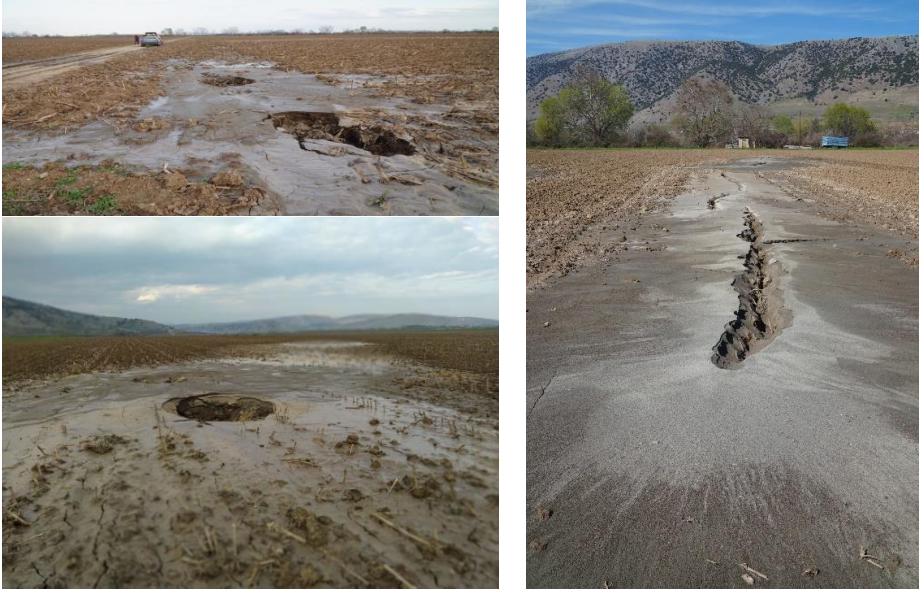
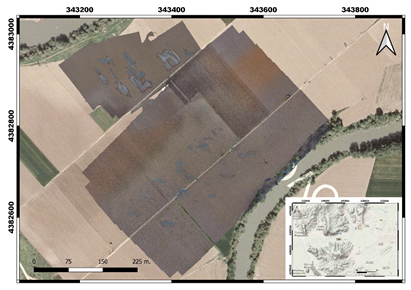
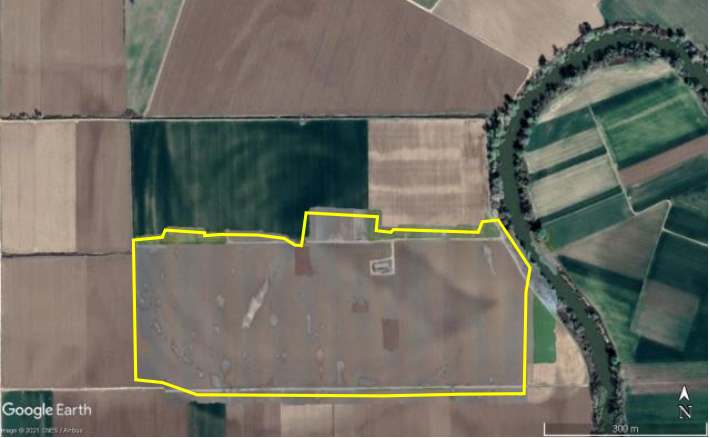

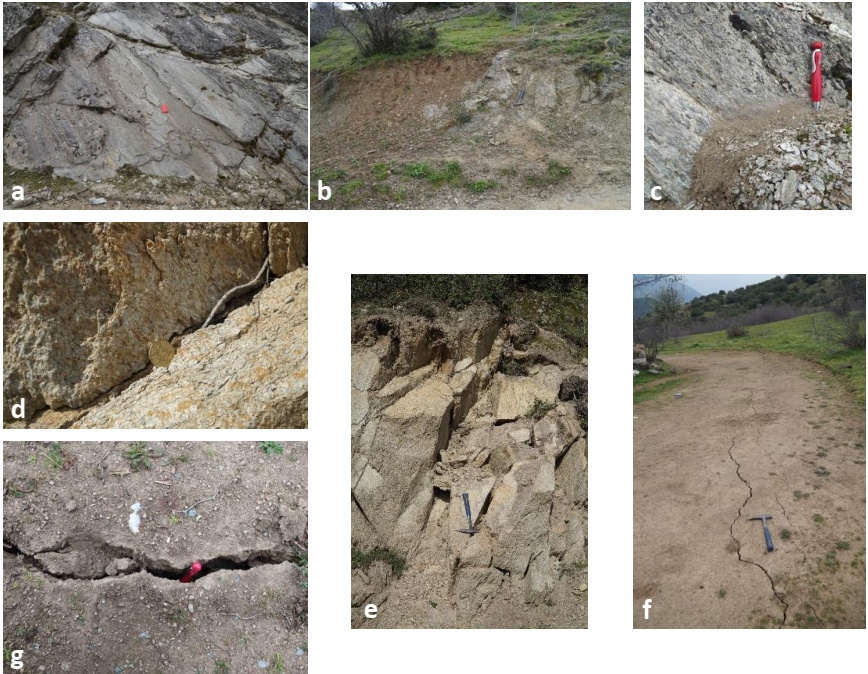
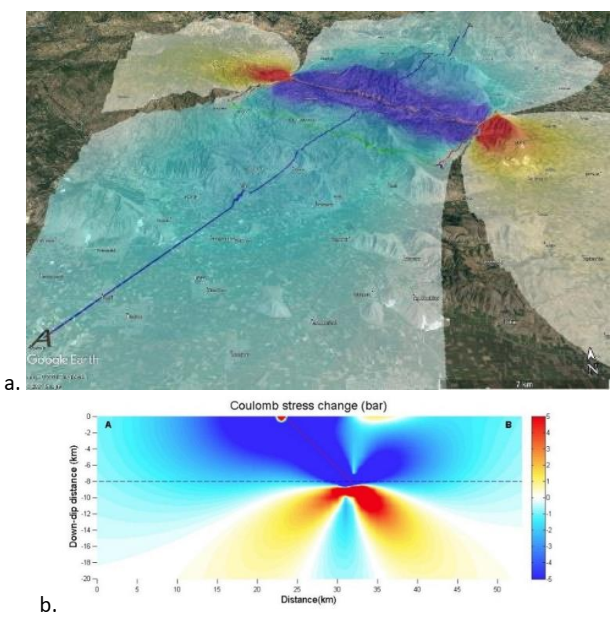
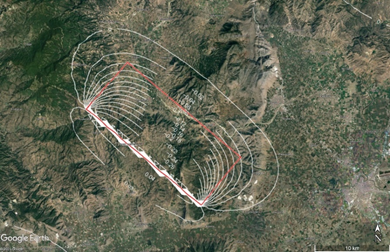
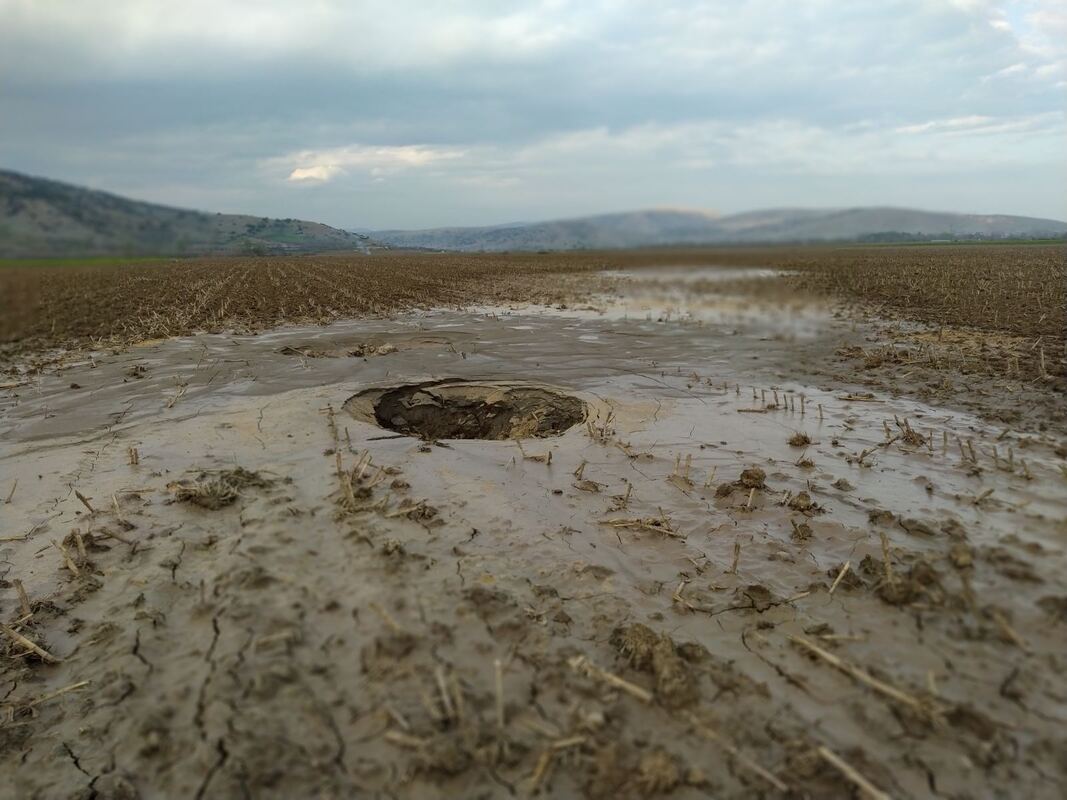
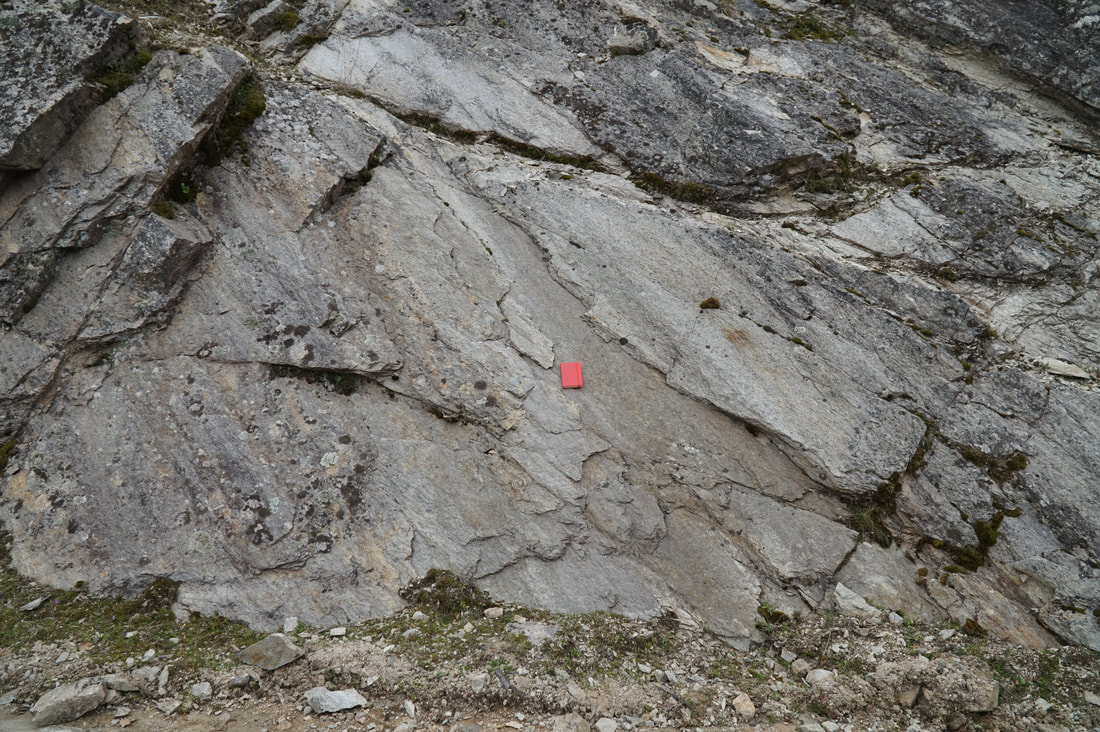
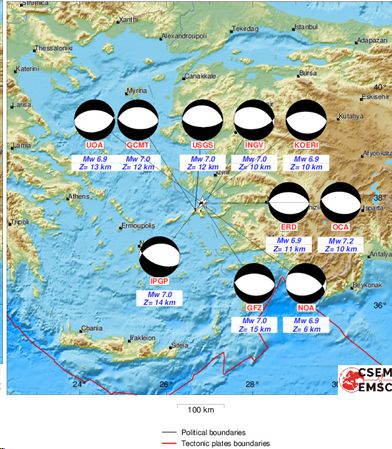
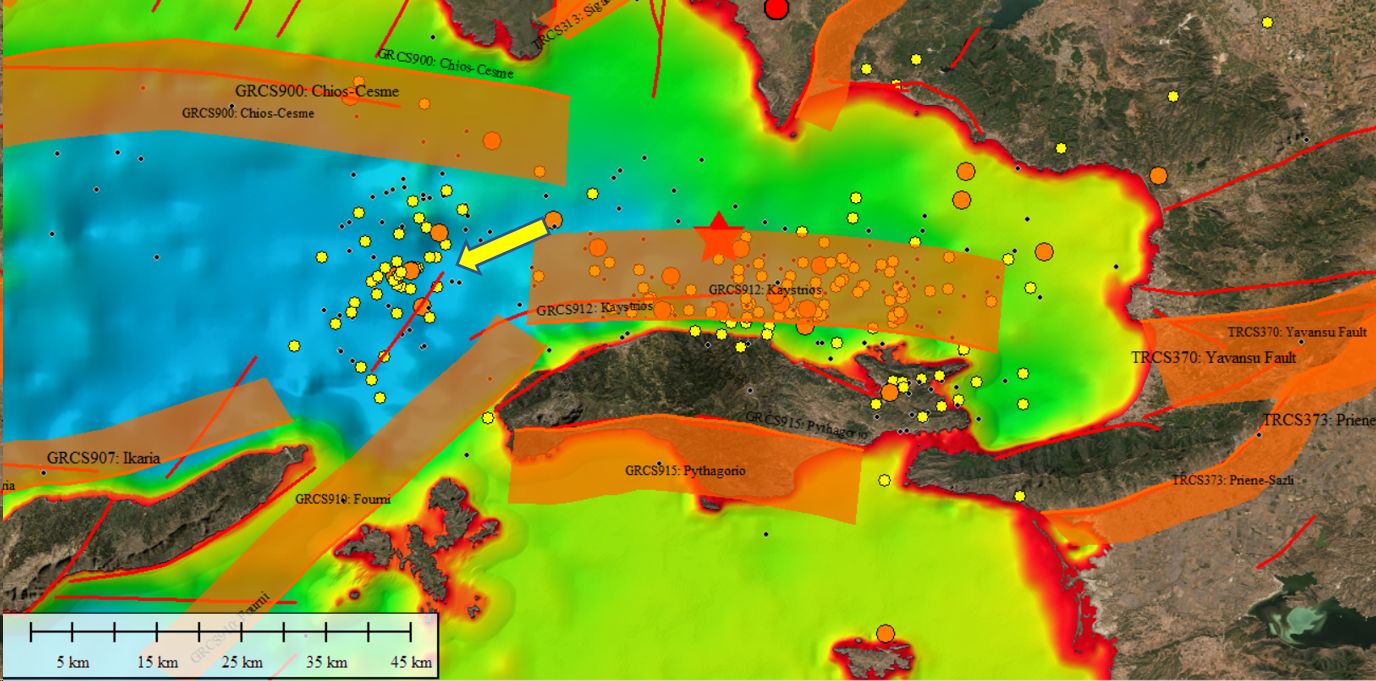
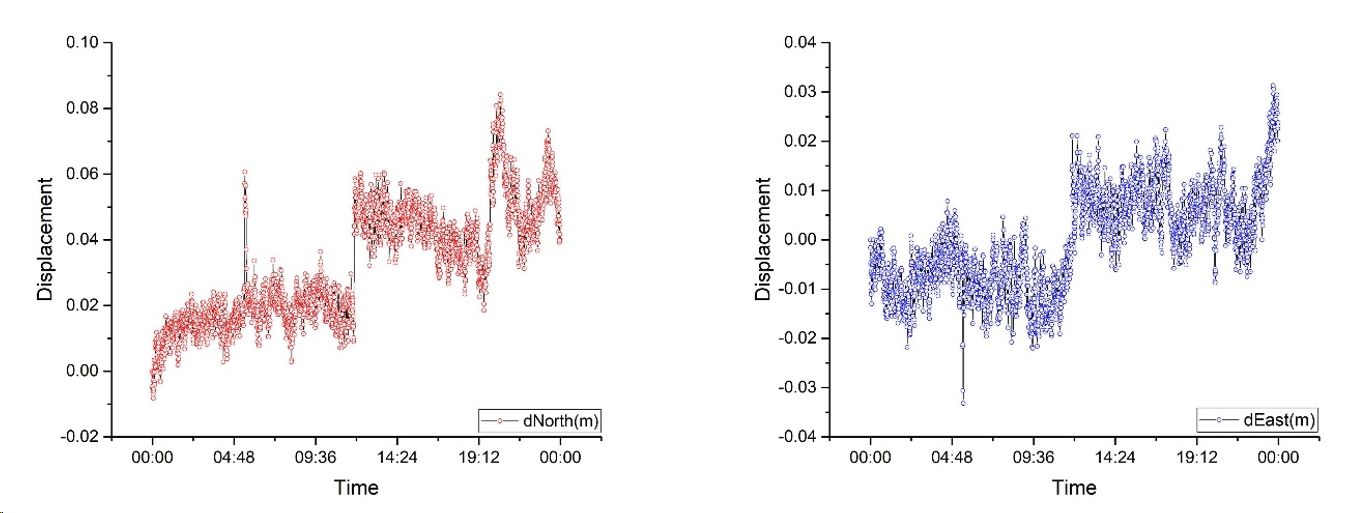
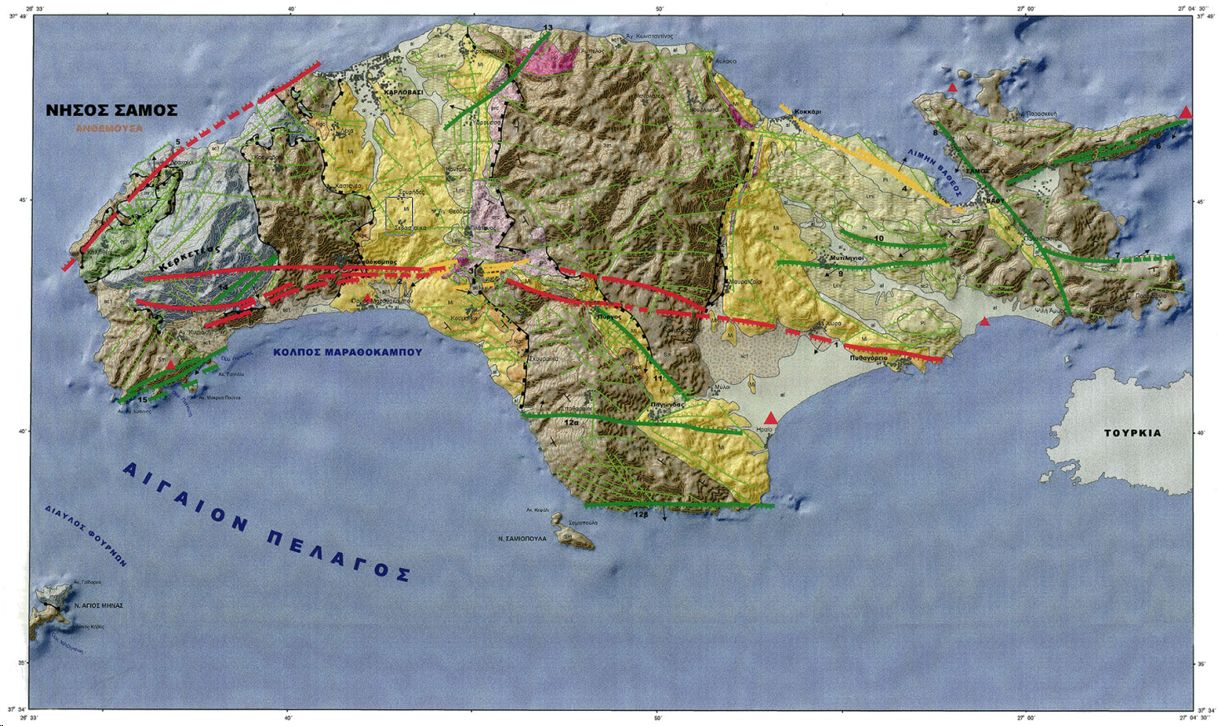
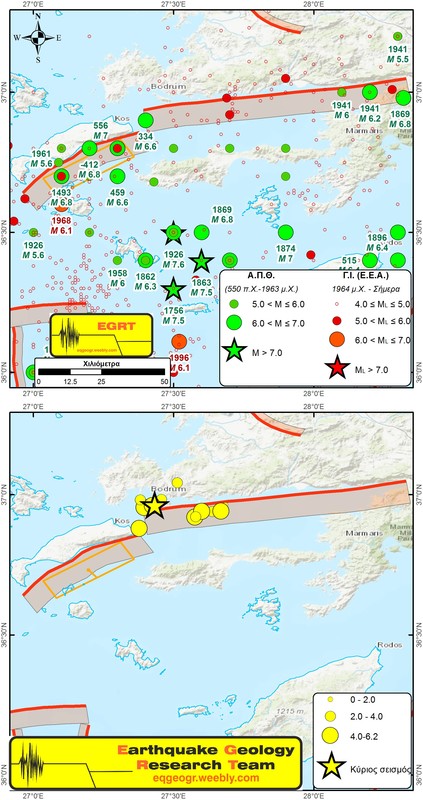
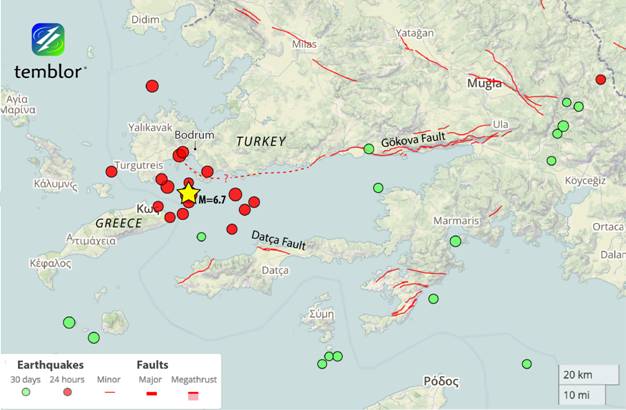
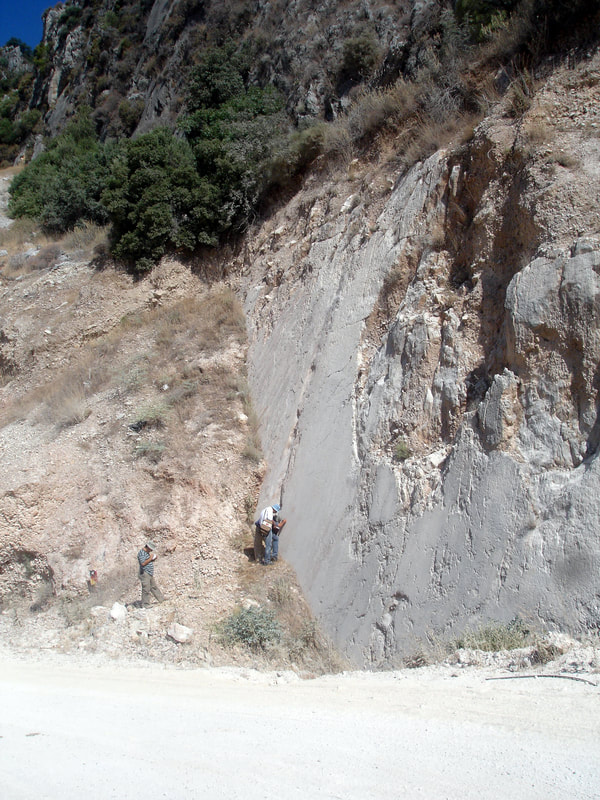


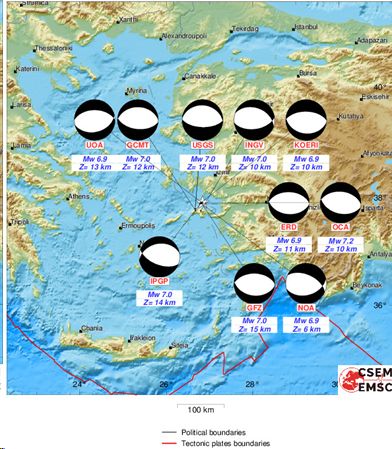
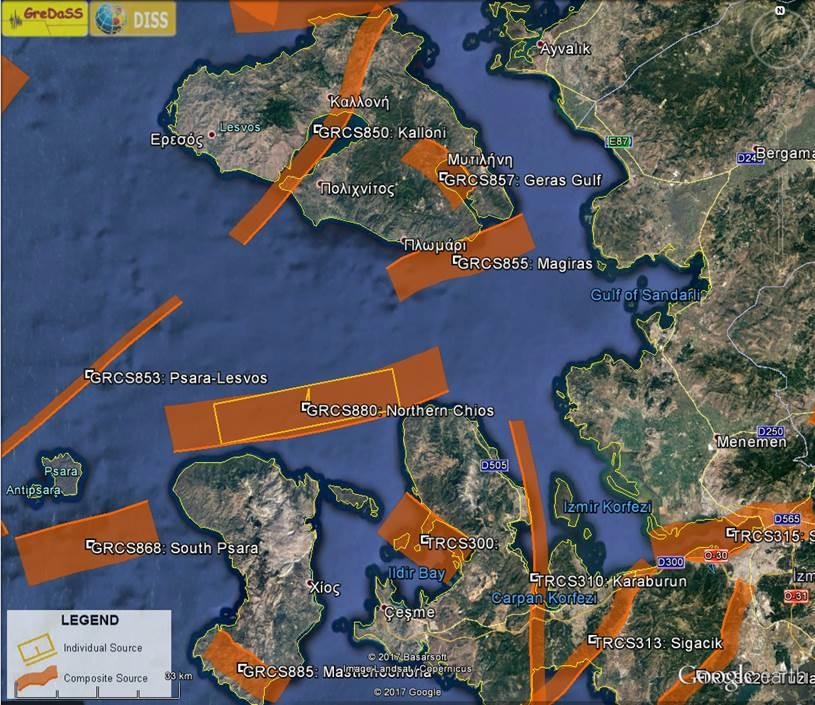
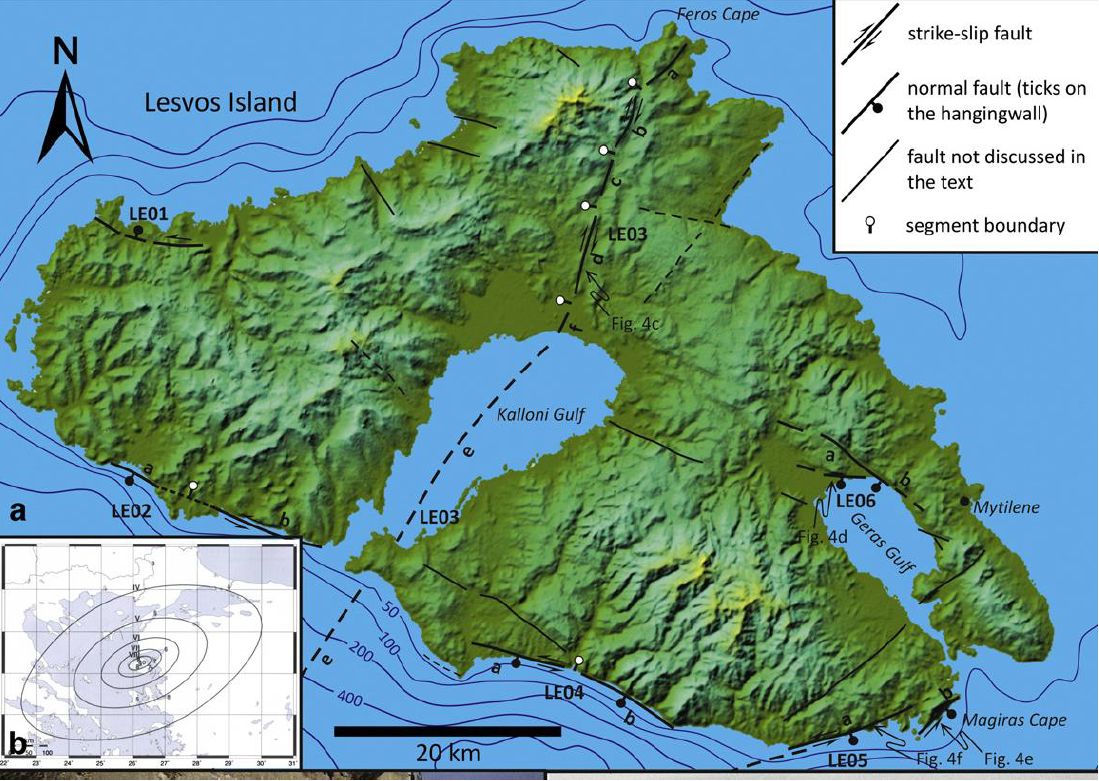
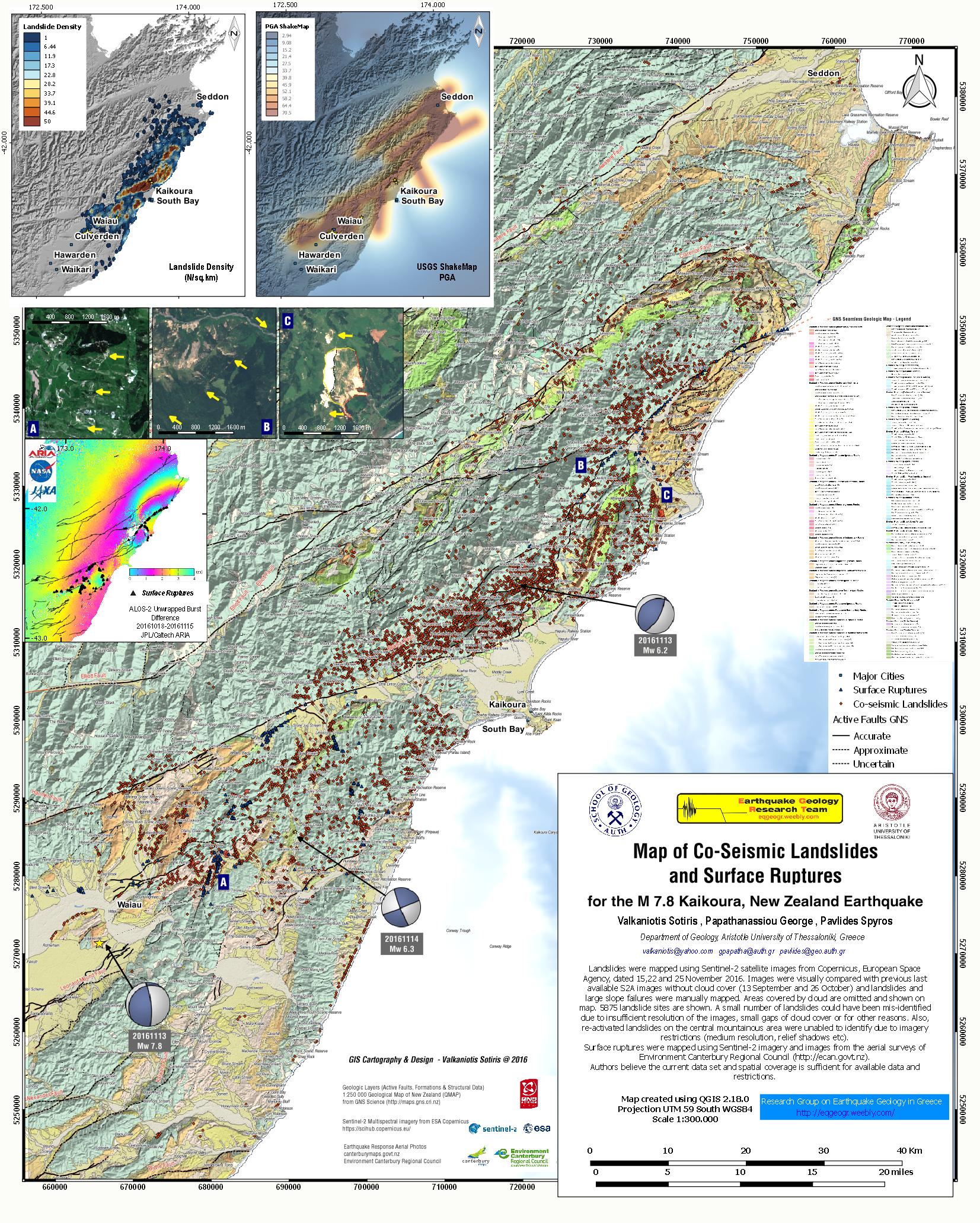
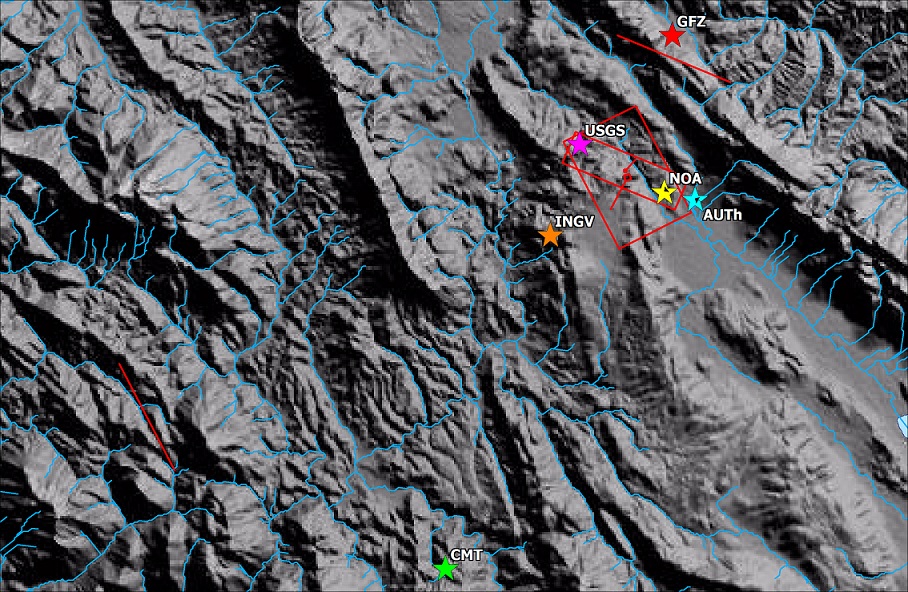

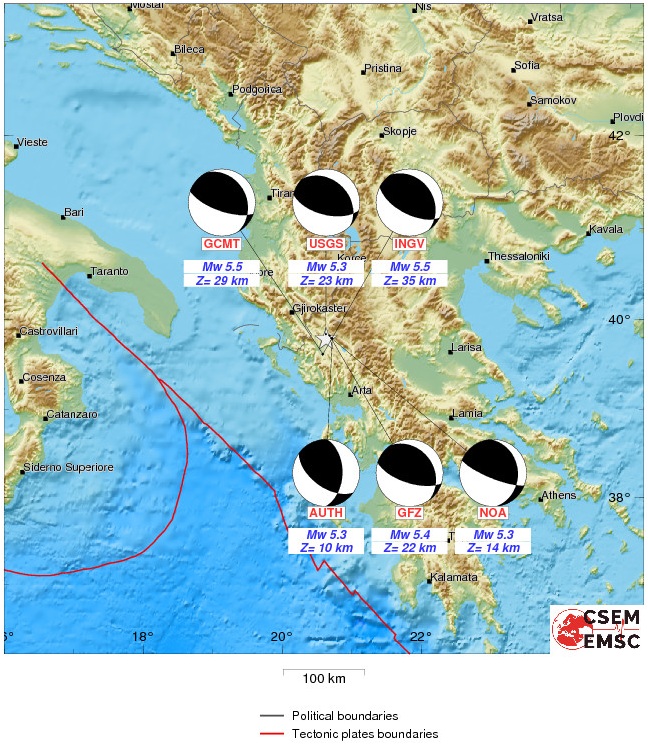

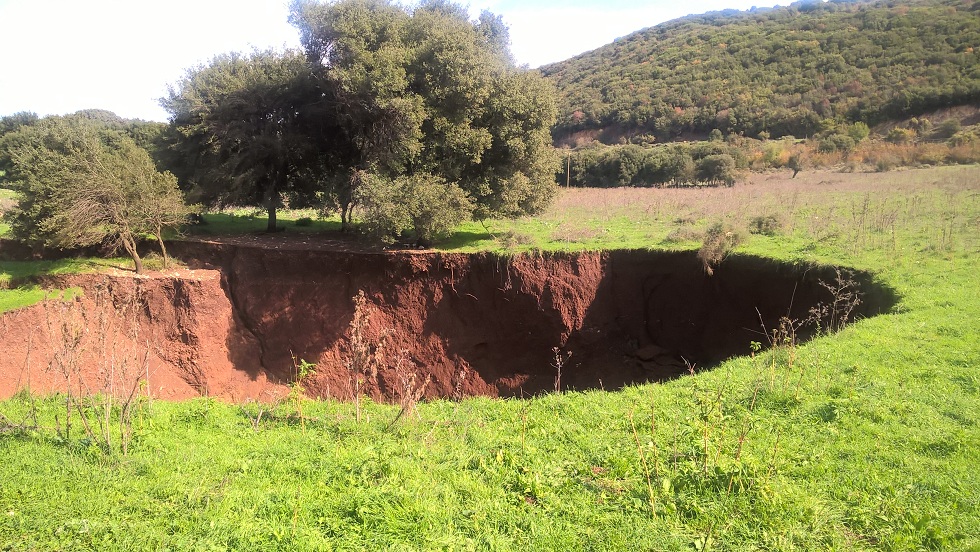

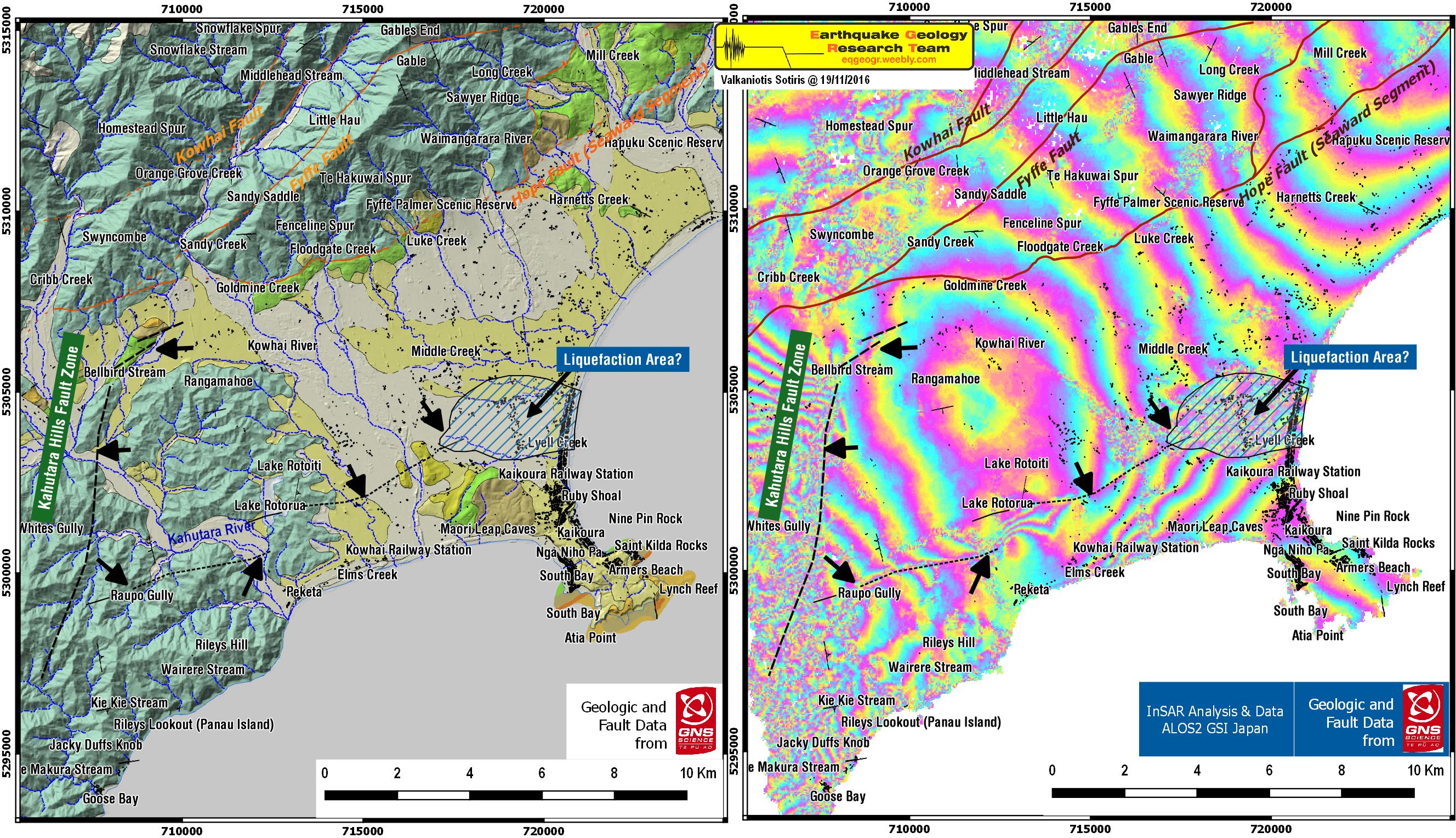
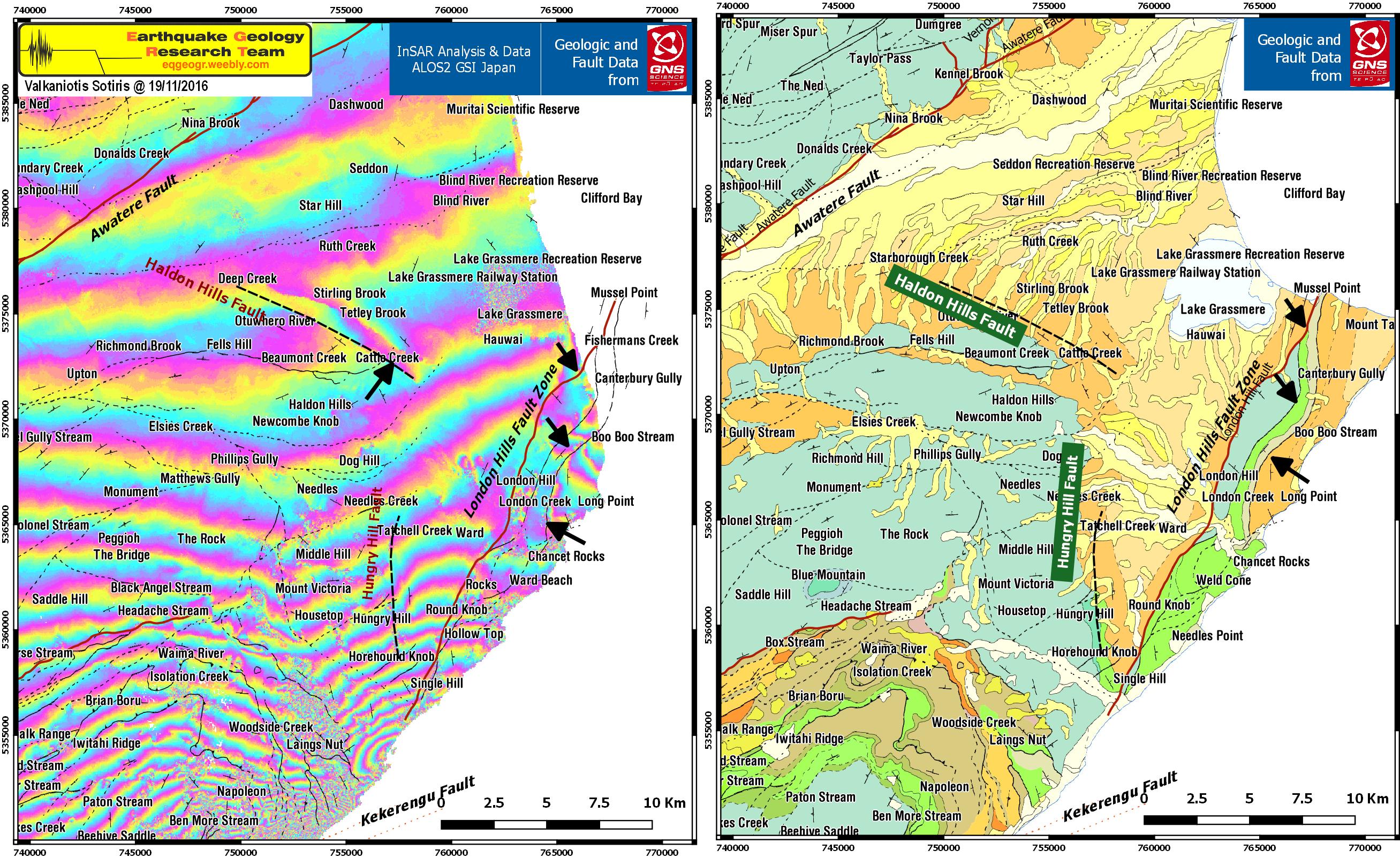
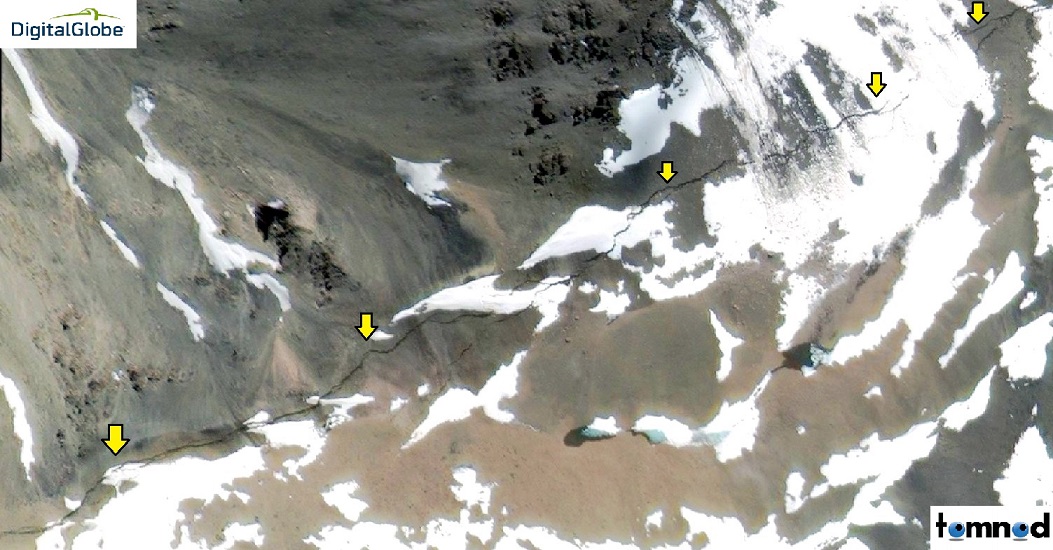
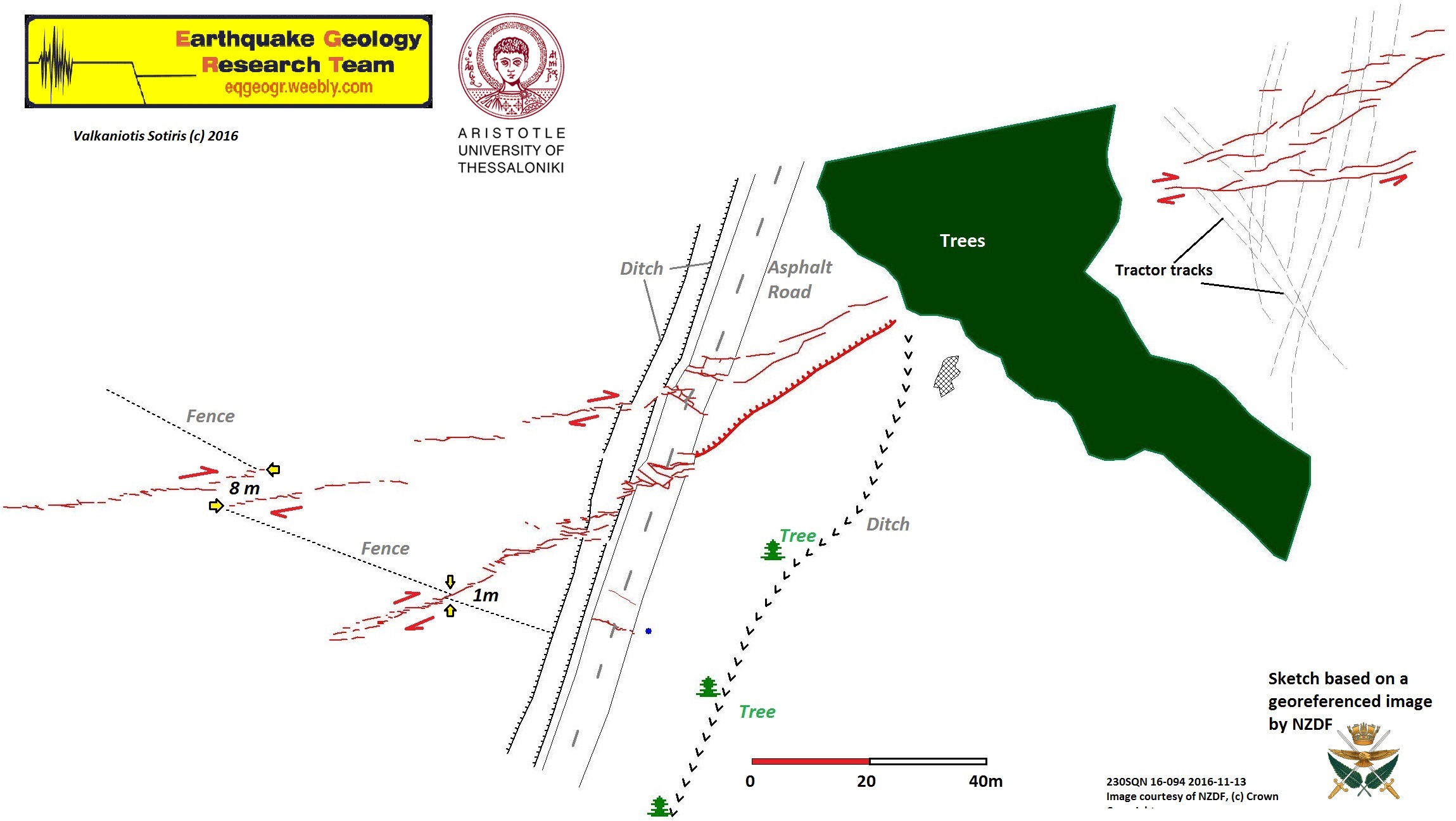
 RSS Feed
RSS Feed
